The First Purge (2018)
Directed by: Gerard McMurray
Written by: James DeMonaco
Starring: Joivan Wade, Lex Scott Davis, Mugga, Y'lan Noel

THE FIRST PURGE (2018)
Directed by Gerard McMurray
The Purge has a great premise. What one night of lawlessness might provoke in individuals usually held in check by society is a great conversation starter for horror and non-horror fans alike. In addition to the exploration of that age-old question – are we noble savages? – it also touches on the Freudian concept of catharsis, asking if expressing one’s aggression reduces these feelings or validates them. Of course, the most popular answer will probably be people saying they’d stay in. But then would the powers that be really let that happen? Particularly given how much they have riding on their ‘social experiment’ working as a means of population control. The First Purge sets out to answer this.

For the benefit of those that have somehow never heard of this series, I’ll give the elevator pitch. Under the guise of handling public anger, a populist government have made it so for one night every year all crime is legal. After the original Purge focused on the affluent white haves, the sequels diversified their cast and characters to focus on the have nots who make up the night’s primary targets. Unable to afford the heightened security, it’s the lower classes most at risk once the sirens sound. The First Purge addresses the sociological aspect head-on, focusing on a cross-section of characters from Staten Island. This is a disadvantaged area of New York, chosen to be the experimental site before a national roll-out if it’s successful (which we in the audience know it will be). Locals are offered 5k for their participation, which is especially tempting given the vague economic slump discussed at the start, and more if they break stuff. Among the voluntary and involuntary participants in the social experiment, we have drug kingpin Dmitri (Noel), his activist ex-girlfriend Nya (Davis), her wannabe gangsta brother Isiah (Wade) and her loveable, but foul mouthed, middle-aged neighbour Dolores (Mugga). Oh, and the very angry, knife-waving, Skeletor (Paul). As they struggle to survive the 12 hours, we go from their plight to the headquarters of the New Founding Fathers of America (NFFA). In their suits, they watch the process unfold, and even send in some stooges to make it more interesting.

The rough, shaky-camera of the purge sequences, juxtaposed against the steadier, cleaner indoor shots of the NFFA, is a good means of visually capturing the divisions at the movie’s core. Series new-comer Gerard McMurray has a decent eye, delivering an intimate, guerilla feel to the urban scenes and a slickness to the office ones. While not as stylish as series-regular James DeMonaco (more on him later), he’s arguably better at generating tension. The First Purge goes for a slower, more sombre tone than any of its predecessors and benefits greatly from it. Previously I complained the series took itself too seriously for its silly concept, though here it does well to sell it as a horror one vs an action one. As it gets dark, and an anxious Isiah takes to the streets for revenge, I genuinely feared for him with each distant sound. Likewise, the anticipation of anarchy, which is conveyed with much dramatic irony, gives a real sense of threat. After three other films, we know the residents who go to neighbourhood parties, their local church or tell themselves that locking the door will keep them safe are naive. The cast are also great, with Noel and Davis being excellent leads despite their predictable arcs. Thus for the first two thirds, I was thinking its new-found maturity, and commitment to dystopian horror over grindhouse, meant the series had found something that really worked. Save for the crazy old ladies, cackling and tossing bombs, it had a lot of tension. Then Dmitri kits up and the relative sensitivity of the first two acts gives way to an increasingly tasteless third.
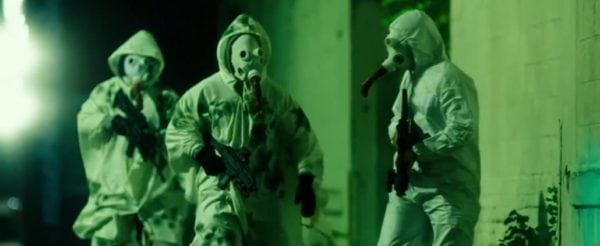
There’s been an element of serendipity to the way the franchise has developed: a case of right idea at the right time. The original was released as a high concept B-movie, that became a fairly conventional home invasion. But the rise, then election of populist demagogue Donald Trump, and an increasing cultural conversation about privilege/ race relations, has given recent entries an unforeseen relevance. With the current “culture war” becoming the focal point, as far righters with burning torches take to the streets, the iconography becomes more and more pointed. One scene in particular cheaply evokes the Charleston church massacre, and another has a very blatant go at the commander in chief (who is featured heavily in the marketing). Throw in frequent references to identity, a Black Lives Matter style protest and a government provoking social divisions to avoid economic realities and it’s hard not to see a heavy-handed parallel.
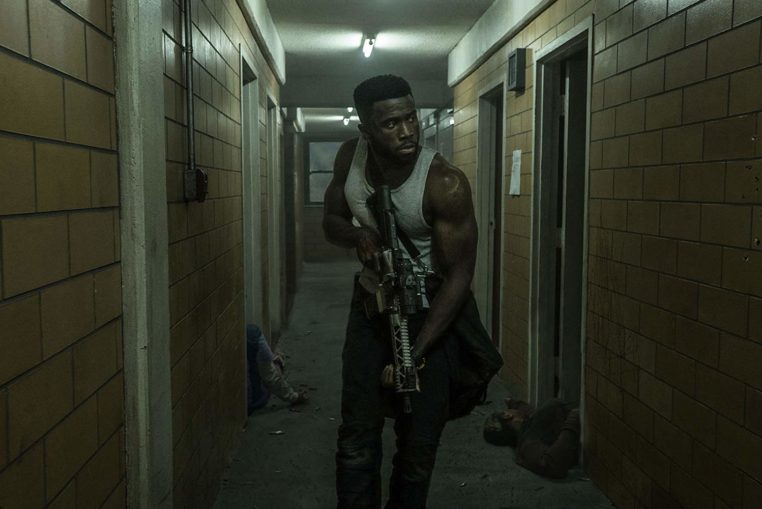
This isn’t necessarily a problem per se, given horror has always responded to real life events. Although when it is juxtaposed with a cartoony, sensationalist action quotient it’s difficult not to find it jarring. Really, The Purge series has always struggled to align its anti-violence ethos with its gleefully violent content. This time around, the action is maybe less goofy than prior entries – there’s fewer flamethrowers or car chases and less hard rock music pumping through the very scenes the script condemns. Though McMurray still relishes the series’ violent roots, as Dmitri transitions from Scarface to a woke John McClane. And it’s no wonder the director goes down this route – the audience ultimately don’t want to be short-changed on purging any less than the alternative America’s government. This contradiction wouldn’t necessarily matter, if it didn’t so strongly tie its events to the real world, downplaying the fantastical elements. Consequently, it feels exploitative, and tone-deaf, doing its subject a disservice. What’s particularly grim is that any message of hope is challenged the titular tradition lasting at least another quarter of a century.

If it’s going to take on real life without changing its style, then it’s tough to see where to take The Purge next. Yet with a projected $30 million in its opening week, and a miniseries ready to kick off in September, the anarchistic saga will likely have more entries. Thus far series creator DeMonaco has penned every one of them. While this gives it a sense of consistency missing from other franchises that use hacks for hire, it means the incoherent marriage between subject and style stays unresolved. Personally I have some faith in the show’s long-form structure, since the premise lends itself more to a tense, darkly satirical approach. Although as it’s also written by DeMonaco, I don’t see it happening (allegedly there’s a post-credits trailer for it, although I left after the mid-credit scene). As a victim of its own format, The First Purge flirts with a standard it then undermines. I think we need new blood to make the premise great again.
Rating: 






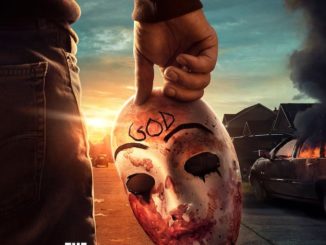
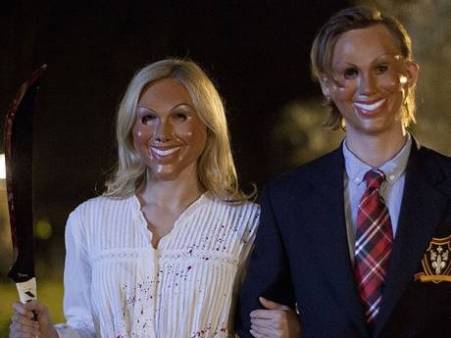
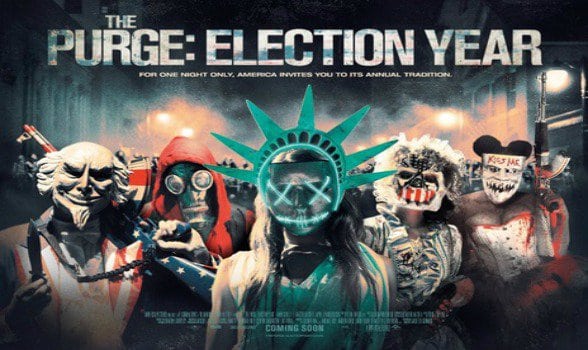
Be the first to comment